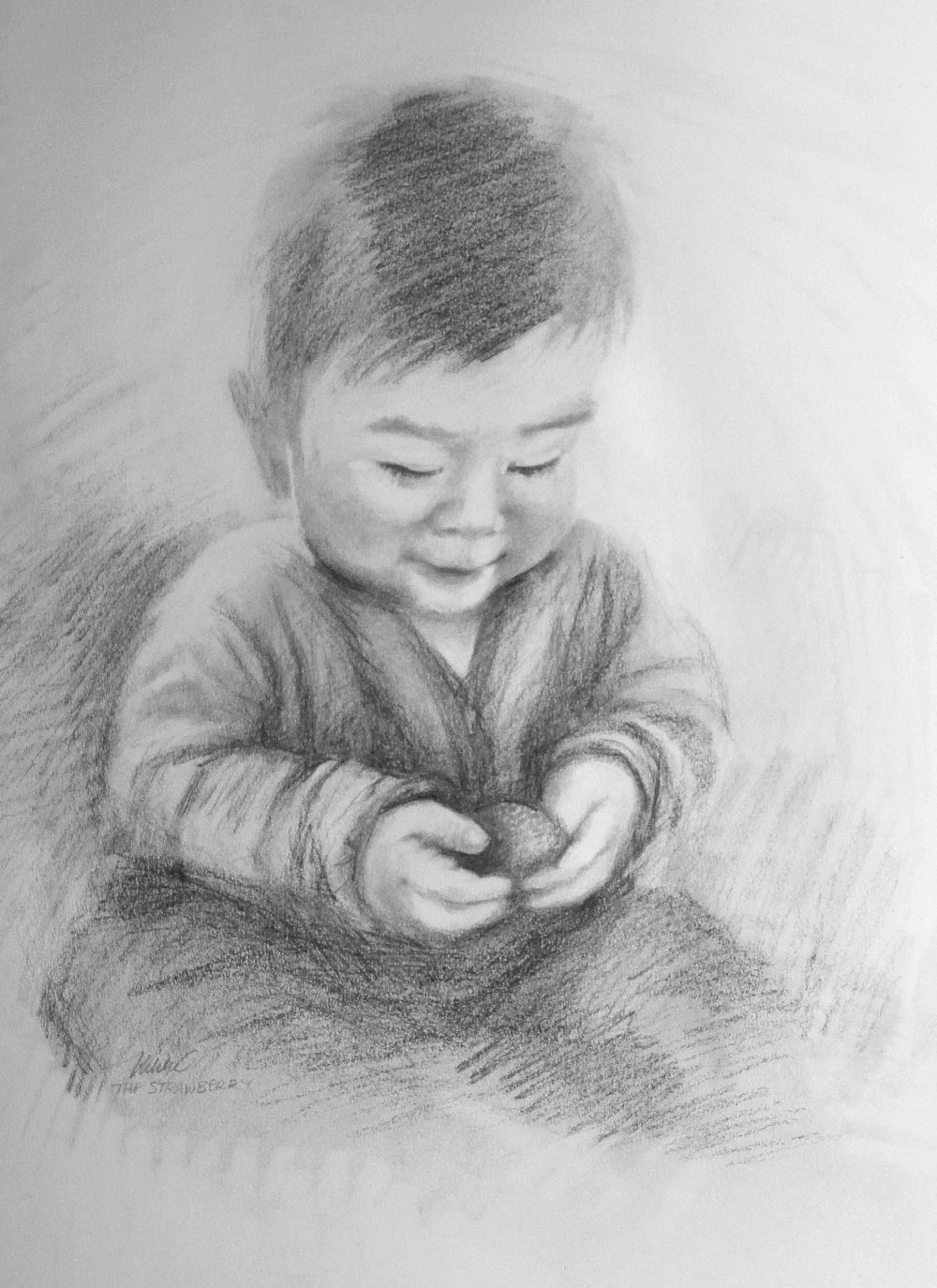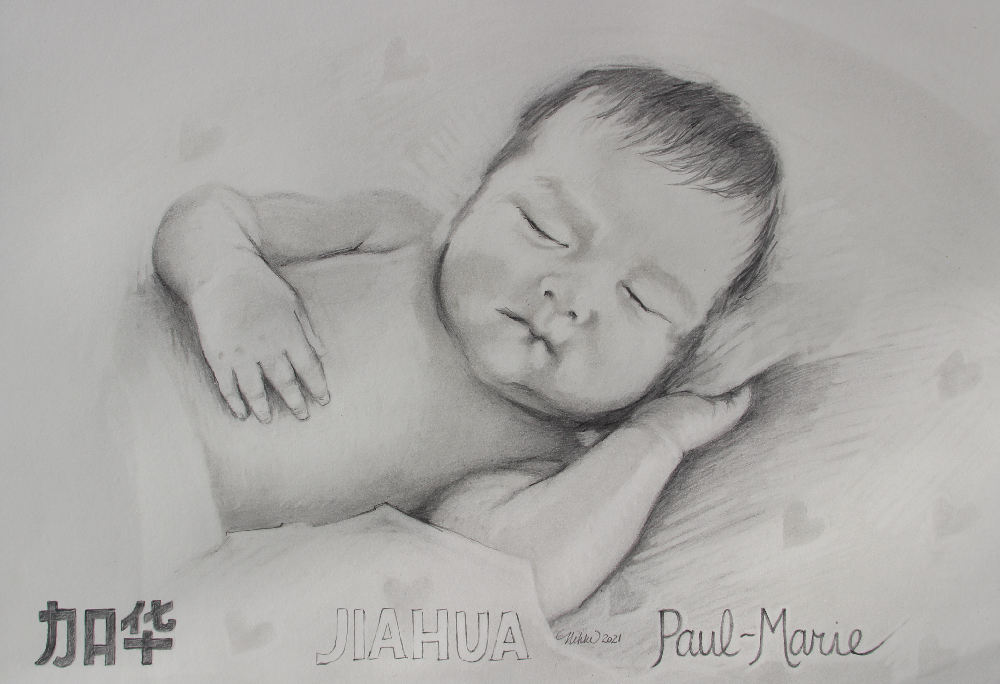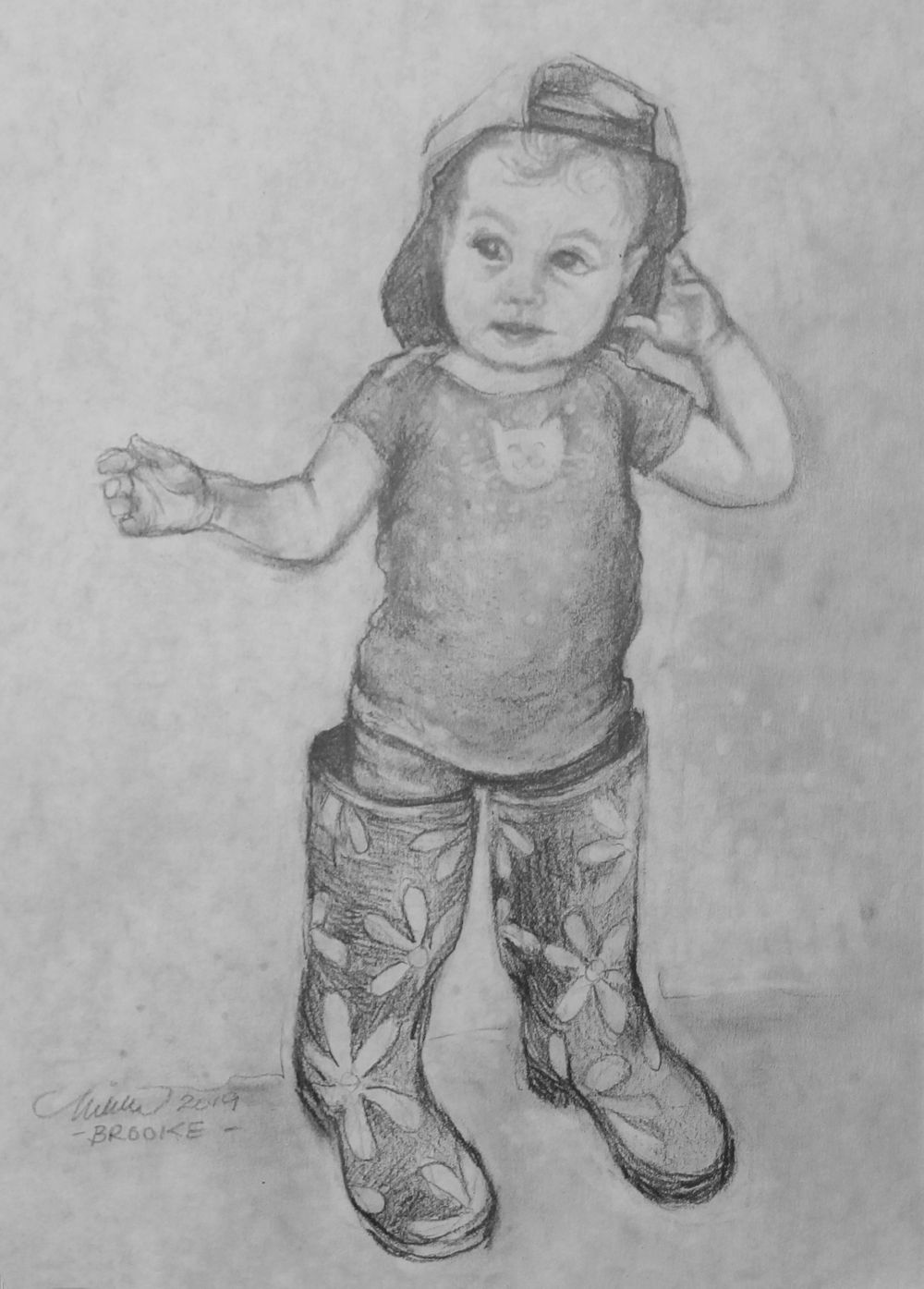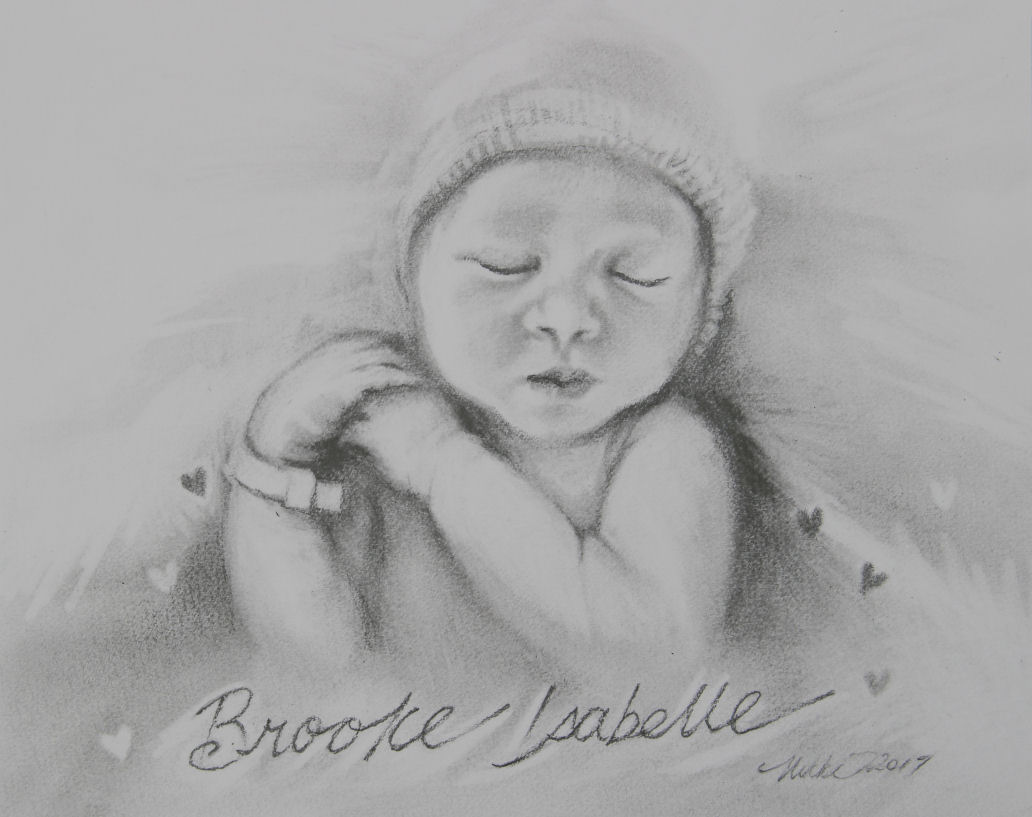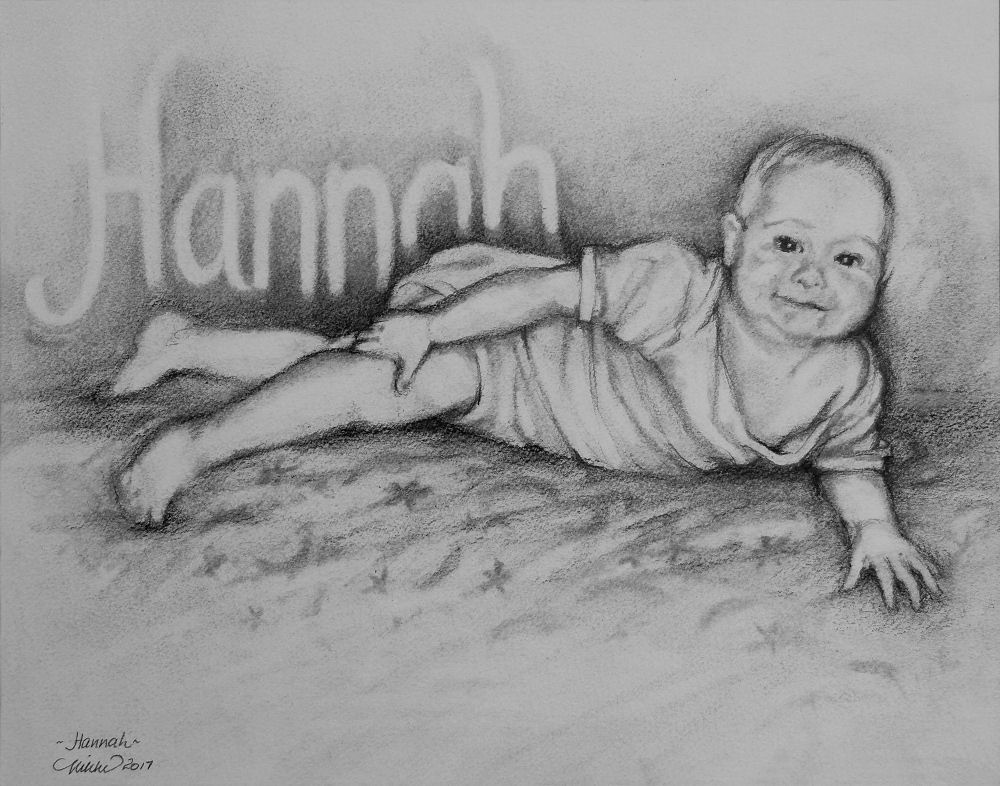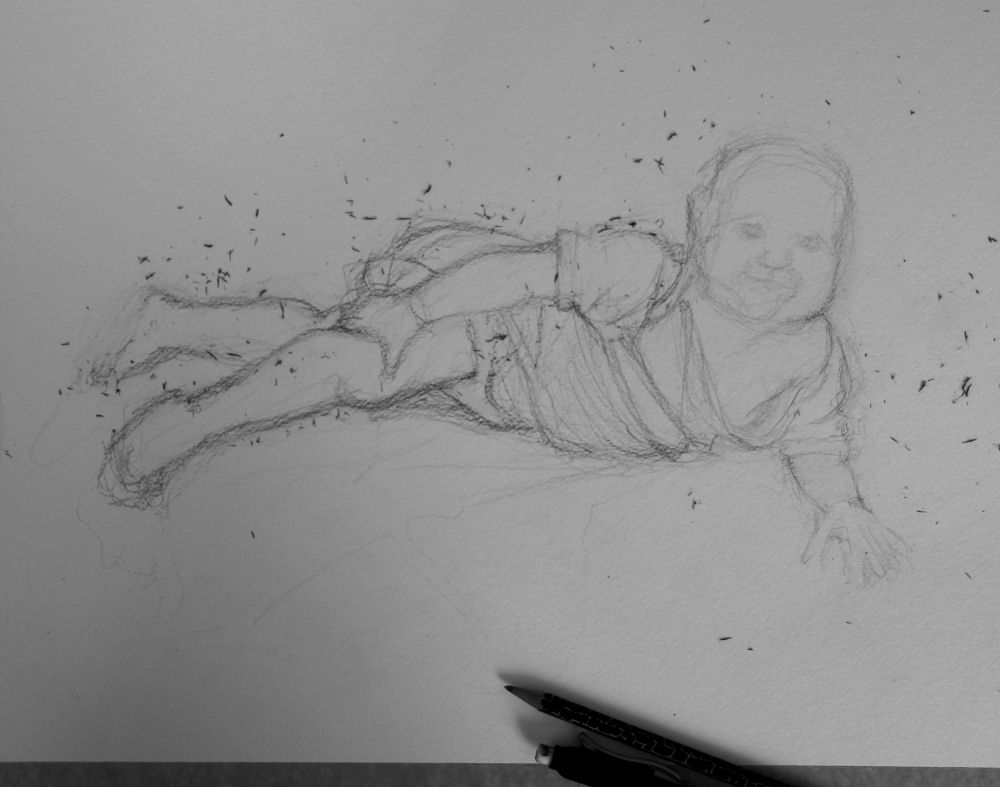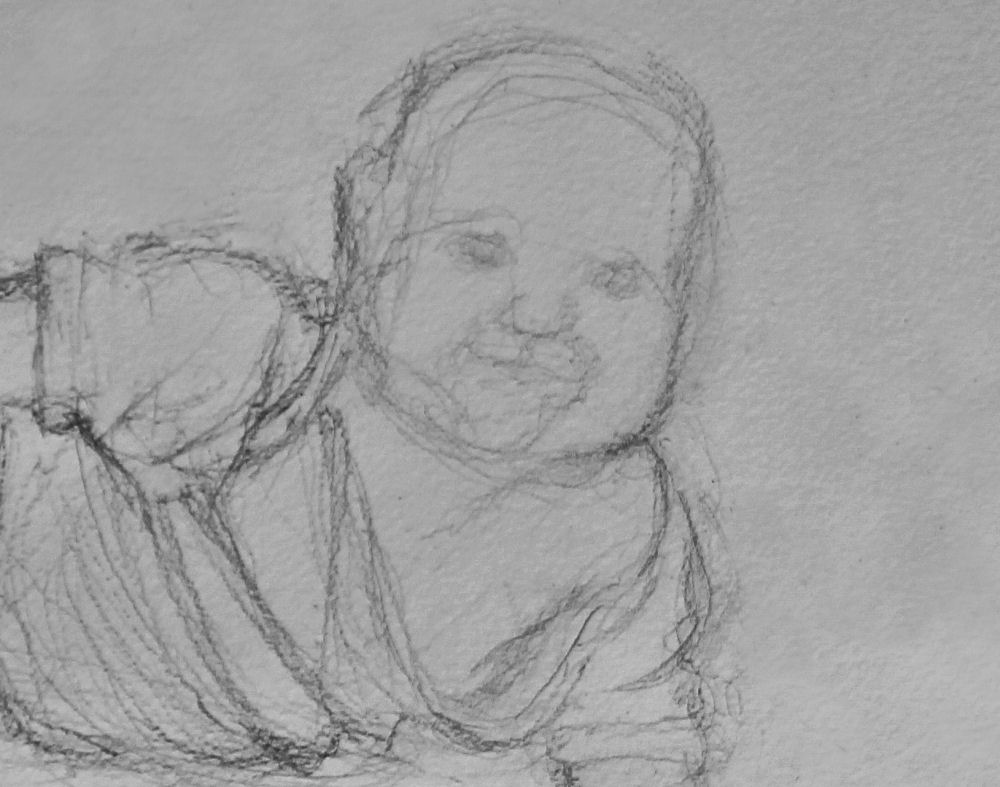children
« Previous EntriesThe Strawberry
Saturday, June 10th, 2023
The Strawberry, 24H x 18W inches graphite on paper.
Tobias – Jia Xin
Thursday, April 6th, 2023
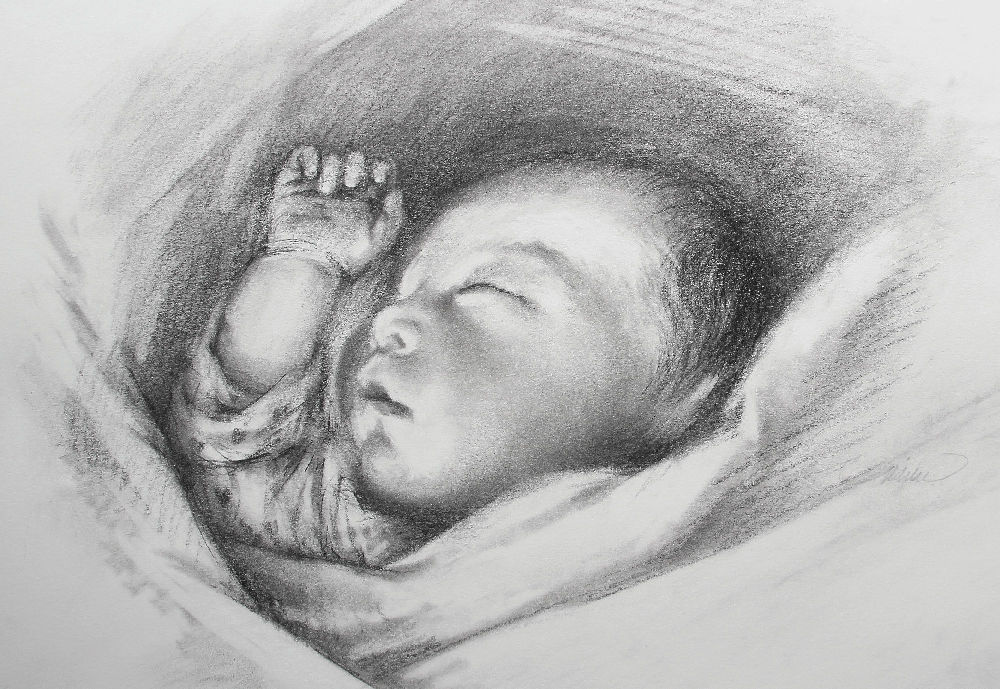
Sweet Dreams, 18H x 24W inches soft pastels on paper.
Mind, Body, Spirit
Thursday, September 1st, 2022
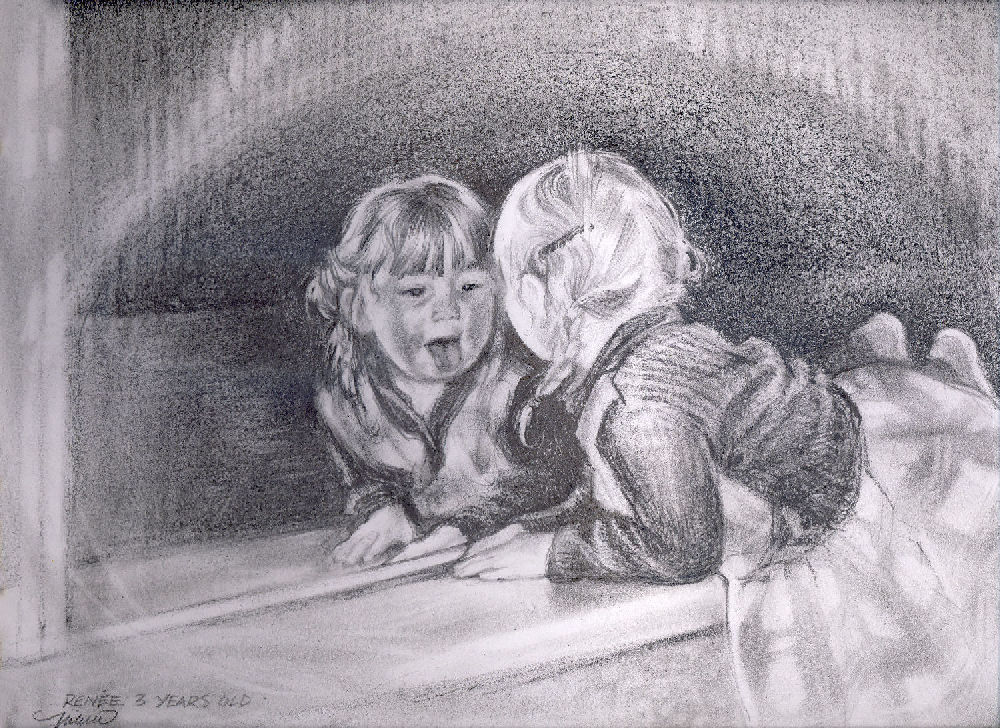
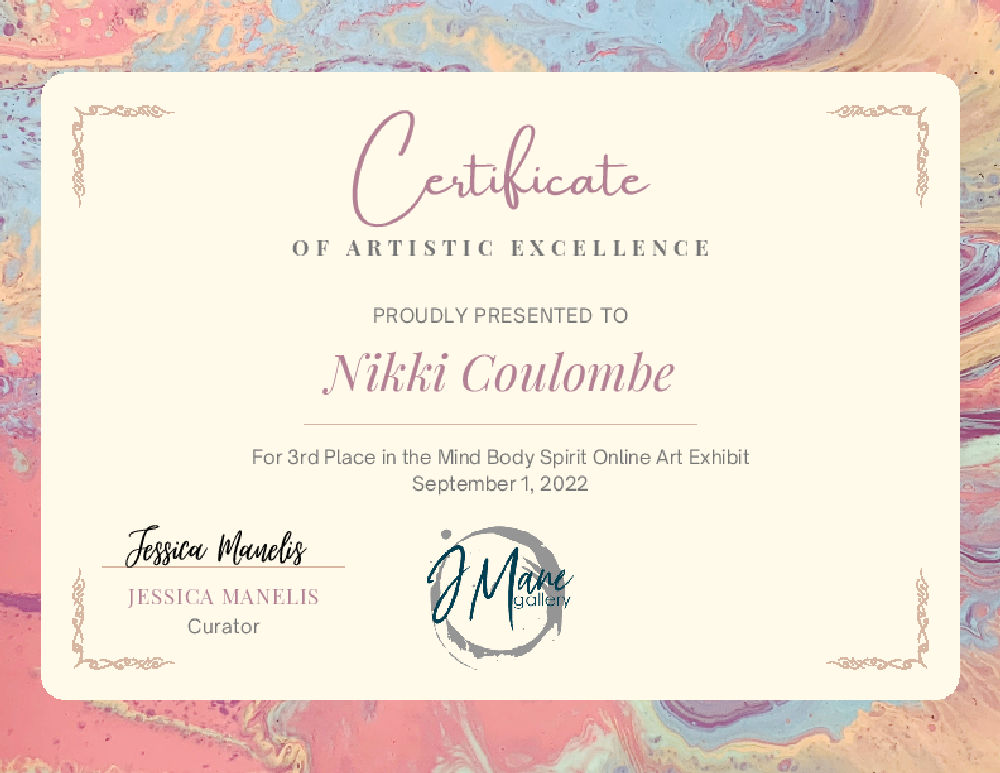 Renee at Dance Class, (2007) 11H x 14W inches graphite on paper, NFS – prints only. 3rd Place winner, J. Mane Gallery Mind, Body, Spirit 2022 exhibition showing through September.
Renee at Dance Class, (2007) 11H x 14W inches graphite on paper, NFS – prints only. 3rd Place winner, J. Mane Gallery Mind, Body, Spirit 2022 exhibition showing through September.
Portrait exhibition
Sunday, July 17th, 2022
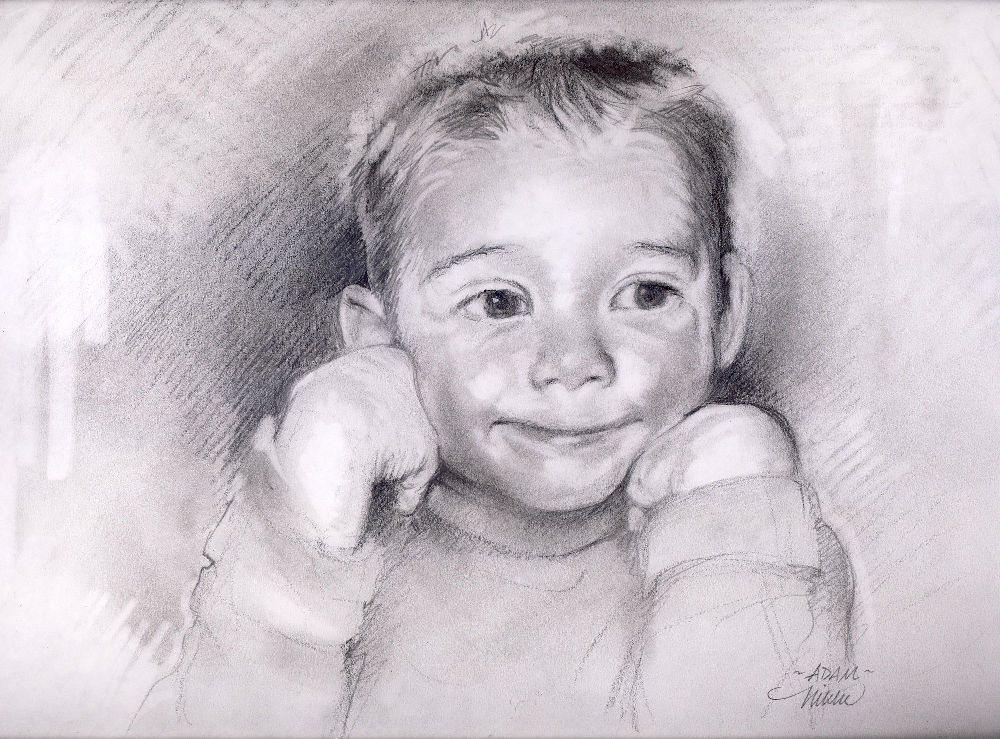
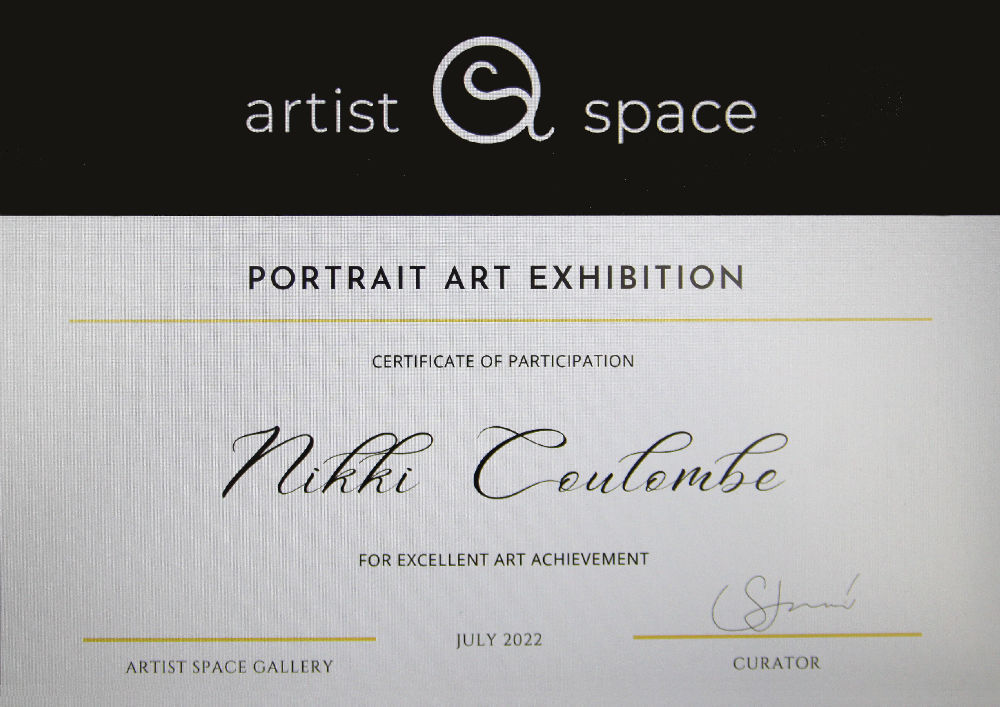 Adam, (my youngest son at 3 years old, drawn in 2007) 11H x 14W inches graphite on paper.
Adam, (my youngest son at 3 years old, drawn in 2007) 11H x 14W inches graphite on paper.
Showing online now in the Artist Space Gallery ‘Portraits’ exhibition.
Paul-Marie
Tuesday, July 20th, 2021
Born in China on June 3rd, our 2nd grandson Paul-Marie – a name that honors his French-Canadian heritage, and Jiahua, his Chinese. He looks like a sweet little cherub! Jiahua is pronounced “ja (soft j) kwua (drag the k).
Brooke
Friday, July 12th, 2019
Brooke, 11 x 14 inches graphite on paper
Brooke Isabelle
Wednesday, September 6th, 2017
Brooke Isabelle, my neice’s daughter born last week, 11 x 14 inches graphite on paper. She looks like a cherub in the photo used as reference, so I subtly impled wings in the background.
Hannah
Thursday, June 1st, 2017
Hannah, 11 x 14 inches graphite on paper. This was a special commission for a good friend. I no longer offer to do portraits – pets, absolutely – but while I love drawing people, the work and long periods of in-between study I require take too long to warrant what I’d need to charge. There are other artists who specialize in only portraits and do nothing else.
The photo was a very small file, only 500 pixels wide, plus the feet were not in the frame, so initially I thought it impossible to work from, but started anyway. All works on paper begin with taped edges, leaving an inch of border which helps when it comes to framing, especially if composition is off a bit. I scribble in the main shapes lightly, gradually building up areas with lines and then shading as confidence grows. As marks, once placed, are difficult to erase, the face details are drawn in more gradually than the rest of the composition.
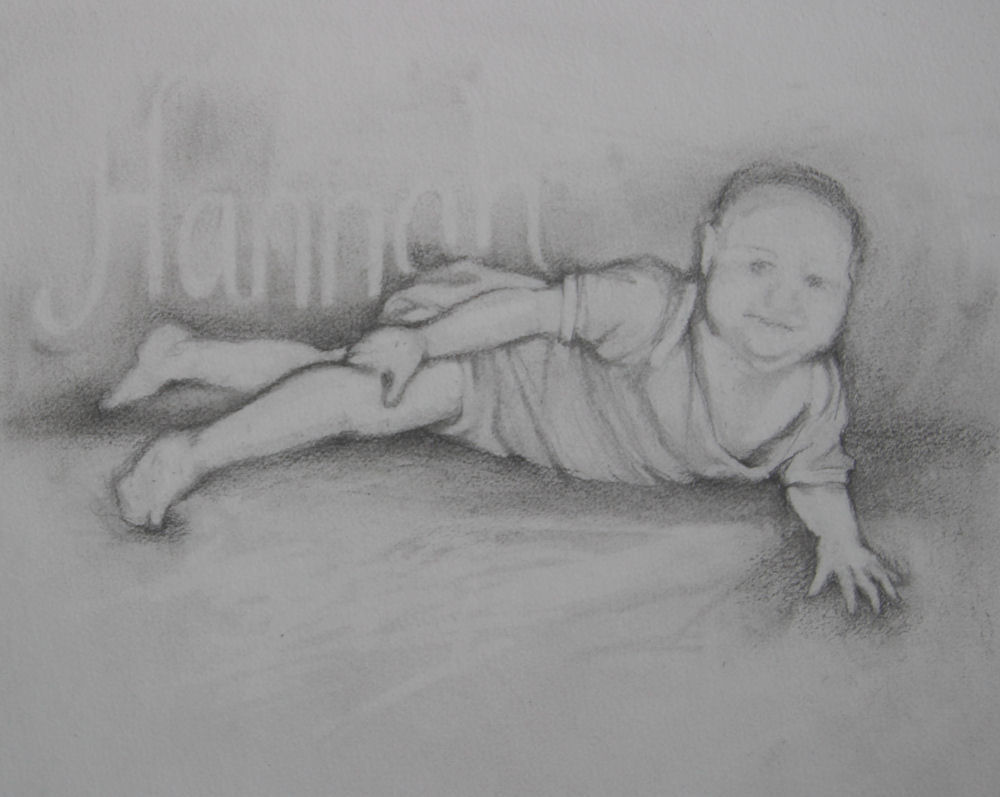 I remember that my friend used to call her grand-daughter Hannah Banana, so I snuck some banana shapes onto the blanket – that will be a surprise for her when she sees this. I smudge the graphite and use erasers quite a bit, a good technique for subtler details like the background and blanket pattern. Eraser sticks, 2 different sizes, are perfect because they are held and used like a pencil.
I remember that my friend used to call her grand-daughter Hannah Banana, so I snuck some banana shapes onto the blanket – that will be a surprise for her when she sees this. I smudge the graphite and use erasers quite a bit, a good technique for subtler details like the background and blanket pattern. Eraser sticks, 2 different sizes, are perfect because they are held and used like a pencil.
Cameron Can Count Backwards
Thursday, March 19th, 2015
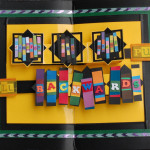 July 2014 – March 2015: Cameron Can Count Backwards
July 2014 – March 2015: Cameron Can Count Backwards
When Cameron was still two years old and I asked him what kind of book he’d like next, he answered “Cameron Can Count”. To fulfill his wishes, and my own for a clearer direction since that was the book he got last year, the compromise is a ‘backwards edition’ in the form of an interactive pop-up book. Searching the internet, there are a whole spectrum of paper-oriented art forms, from the craftiest, stamp-iest, cutsey Kricut machine-cut pop up cards to stunning, intricately engineered paper sculptures. The best website sharing easy-to-learn pop-up basics is Extreme Cards and Papercrafting.
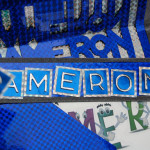 Starting with research and experimentation, I spent a couple of weeks making prototypes out of plain card stock. There are fantastic selections of decorative paper, tapes and trim designs available in craft stores now, and purchasing these things helped spark imagination and theme visualization. Supplies can be pricey, but less so if using coupons and waiting for sales. There were plenty of miscellaneous materials already on-hand, and the dollar store is always a good resource for finding things like the magnetic car game which was pulled apart and reassembled into a name-spelling activity.
Starting with research and experimentation, I spent a couple of weeks making prototypes out of plain card stock. There are fantastic selections of decorative paper, tapes and trim designs available in craft stores now, and purchasing these things helped spark imagination and theme visualization. Supplies can be pricey, but less so if using coupons and waiting for sales. There were plenty of miscellaneous materials already on-hand, and the dollar store is always a good resource for finding things like the magnetic car game which was pulled apart and reassembled into a name-spelling activity. 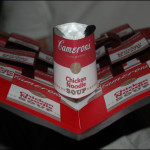
After the initial creative buzz, somewhere along the way a certain amount of restraint is called for, not just in shopping, but in choosing which pop-up tricks to put where. For me, this stalled the process quite a bit. I was fairly overwhelmed by wanting to include all the bells and whistles, but it’s just not feasible to do every idea that “pops up”. Not only will the pages seem muddled by too many ideas, but increasing the mass presents a super challenge when binding the whole thing together. Mechanisms also need space to work properly, and a book like this needs to be comfortable to read. These were things that only experience could teach. Admittedly, there are a few clunky pages with things falling out of this book. Perhaps with the next book I’ll be able to exercise more of that restraint. Ah, realistically, probably not! 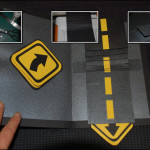
Balanced with the fun, more ornate facets of book-making, particularly with a pop-up / interactive book, learning and perfecting the basic structural elements cannot be overemphasized. The mathematics of paper mechanisms are unforgiving, and a millimeter off at the start can add up if things are not corrected as much as possible before going forward. Some of the folds are tricky, especially with pop-out lettering. Clean hands and work surfaces are extra important. Some papers show finger marks or buckle too easily, not practical for pop-ups or for children’s books. It becomes necessary to slow down, simplify, think ahead, see how things work, take extra care, and find the kind of patience you didn’t even think was obtainable.
Translating the 2 dimensional into 3 dimensional can be frustrating, but as is repeated so often in my blog articles about creating anything, mistakes are a beneficial part of the learning process. It’s definitely hard to have faith in that when pages have to be redone several times though, and some papers are pretty expensive or hard to find again. Well, experience and confidence are earned, and it ain’t cheap!
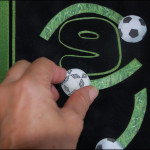 Each year my books for Cameron will be age-appropriate. He and his little visitor-friends are likely to turn pages harshly and press books open beyond stress points, that’s to be expected. These pages are made primarily with card stock and paper, and some have delicate parts far from durable or practical in a three-year-old’s hands, but young children already know about special things, and if they don’t, it’s the best age to guide them to treat things respectfully. Books are not like toy cars, and Cameron knows the difference. This will be more fun to read with an adult anyway, and it will be given a safe spot on a shelf until it’s time to read.
Each year my books for Cameron will be age-appropriate. He and his little visitor-friends are likely to turn pages harshly and press books open beyond stress points, that’s to be expected. These pages are made primarily with card stock and paper, and some have delicate parts far from durable or practical in a three-year-old’s hands, but young children already know about special things, and if they don’t, it’s the best age to guide them to treat things respectfully. Books are not like toy cars, and Cameron knows the difference. This will be more fun to read with an adult anyway, and it will be given a safe spot on a shelf until it’s time to read.
‘Cameron Can Count Backwards’ was started in July 2014 and just needs finishing touches. It’s March 2015 as this is written, and the book has been bound, but fairly ineffectively. The spine is not wide enough to open pages effectively. It could pass, but why do all this work to have it not open adequately? This setback offers a chance to sew the cover in soft faux leather and improve the overall quality. I’d like it to look like a very old, important, expensive book.
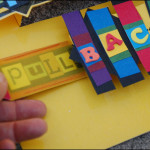 |
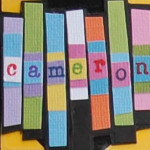 |
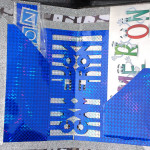 |
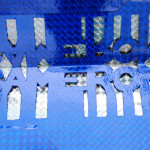 |
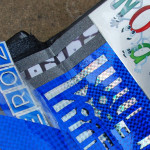 |
|
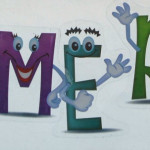 |
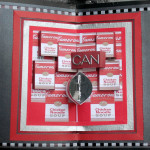 |
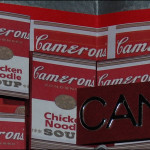 |
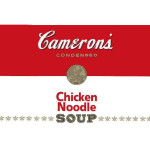 |
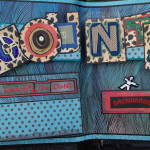 |
|
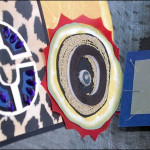 |
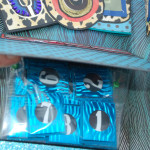 |
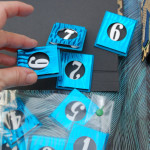 |
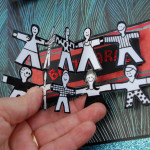 |
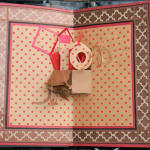 |
|
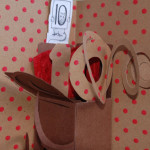 |
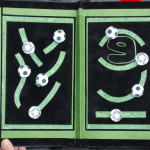 |
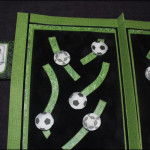 |
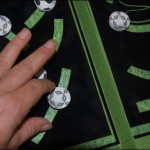 |
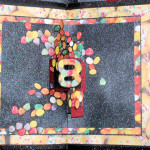 |
|
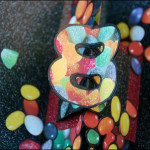 |
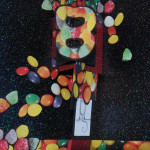 |
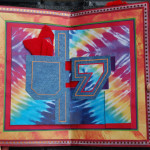 |
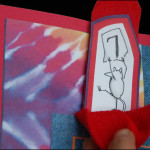 |
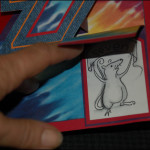 |
|
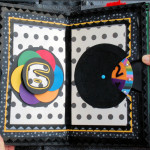 |
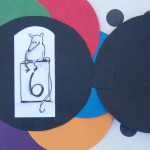 |
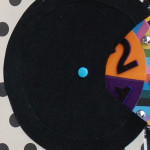 |
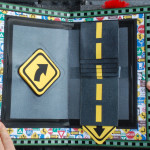 |
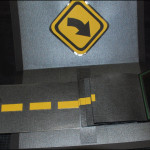 |
There is a title cover page, then a page is made for each separate word in the title, ‘Cameron’, Can’, and ‘Count Backwards’… three extra pages because I absolutely had to make that can! Throughout there are interactive components, and on each page a mouse is hidden somewhere. It took so long to perfect each page, by the time the last pages were under construction the first ones already seemed amateur and needed to be re-done, either by disassembling parts or completely starting over. A person could forever be perfecting one book, but it’s time to finish this one and start the next for Cameron’s fourth birthday.
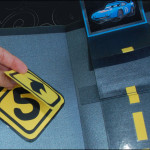 |
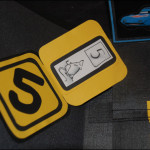 |
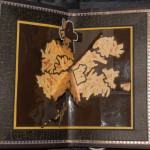 |
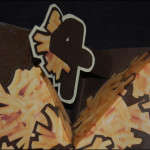 |
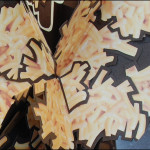 |
|
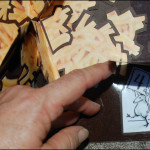 |
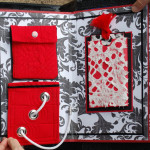 |
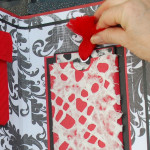 |
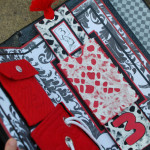 |
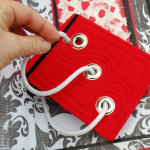 |
|
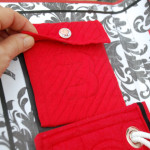 |
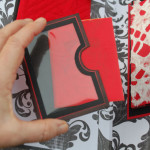 |
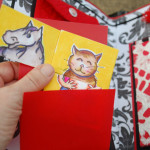 |
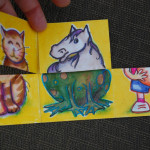 |
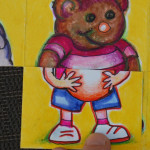 |
|
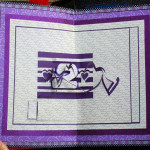 |
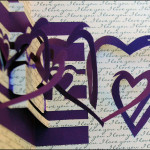 |
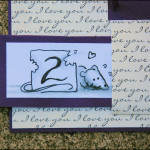 |
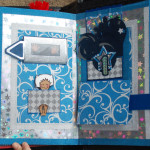 |
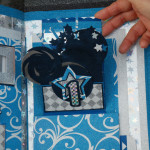 |
|
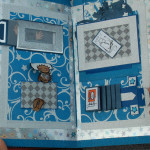 |
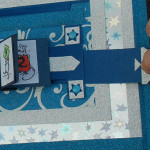 |
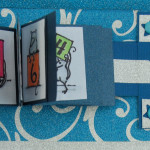 |
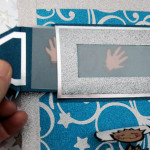 |
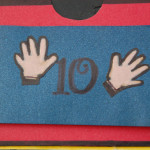 |
|
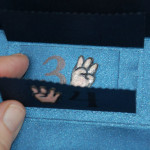 |
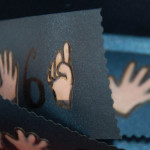 |
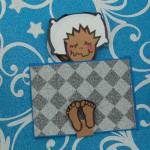 |
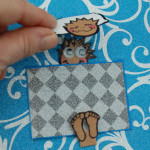 |
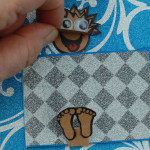 |
Cameron Can Count
Saturday, April 19th, 2014
April 2014: Cameron Can Count to 30
8 x 8 inches markers, watercolors and fixative on canvas. Thinking that acrylics paint would make pages stick together even when dry, I chose watercolors on primed canvas instead, barely diluting the paint so the colors are dense. Krylon workable fixative works best to protect the work, as it brings out the colors very nicely and it doesn’t hold the caustic smell that regular varnish does.
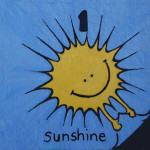 |
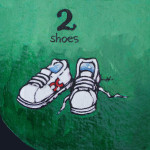 |
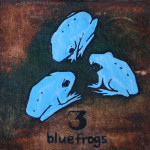 |
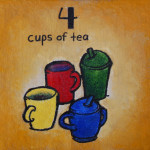 |
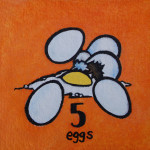 |
|
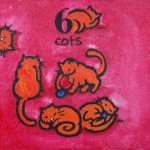 |
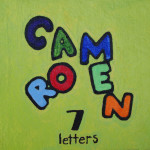 |
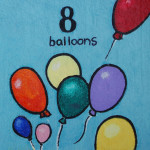 |
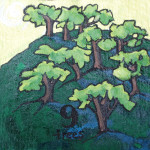 |
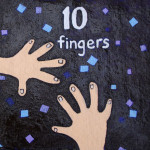 |
|
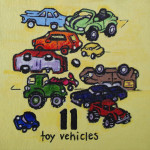 |
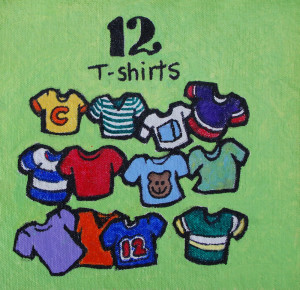 |
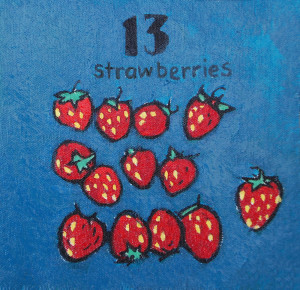 |
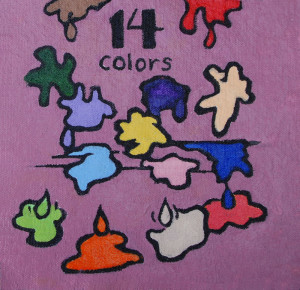 |
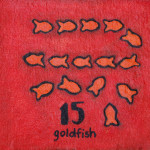 |
Each page has a hole peeking through to the next page and the one before, where colors match up in such a way that the hole may only be noticed when the page is turned. The holes were filled in for the sake of aesthetics in the images shown here. This peek-hole detail was an afterthought, and since I had already painted most of the pages I was committed to using certain colors, which made the process take longer than it had to. When using this idea next time, the peek-holes will be larger and be the main focus of the book. Large binder rings through grommets on each page hold the book together, so the pages are fairly easy to turn and the book can start anywhere.
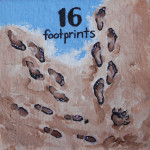 |
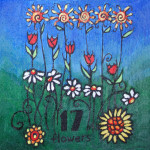 |
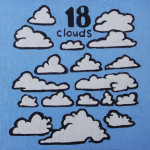 |
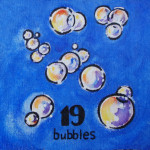 |
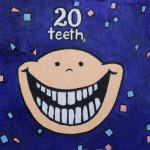 |
|
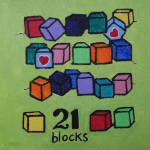 |
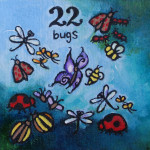 |
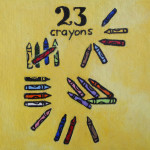 |
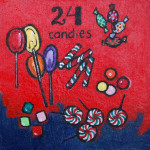 |
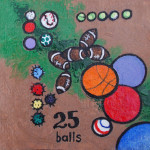 |
|
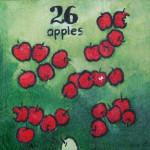 |
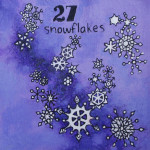 |
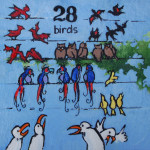 |
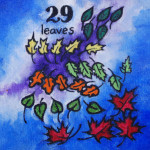 |
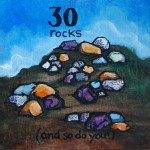 |
« Previous Entries


